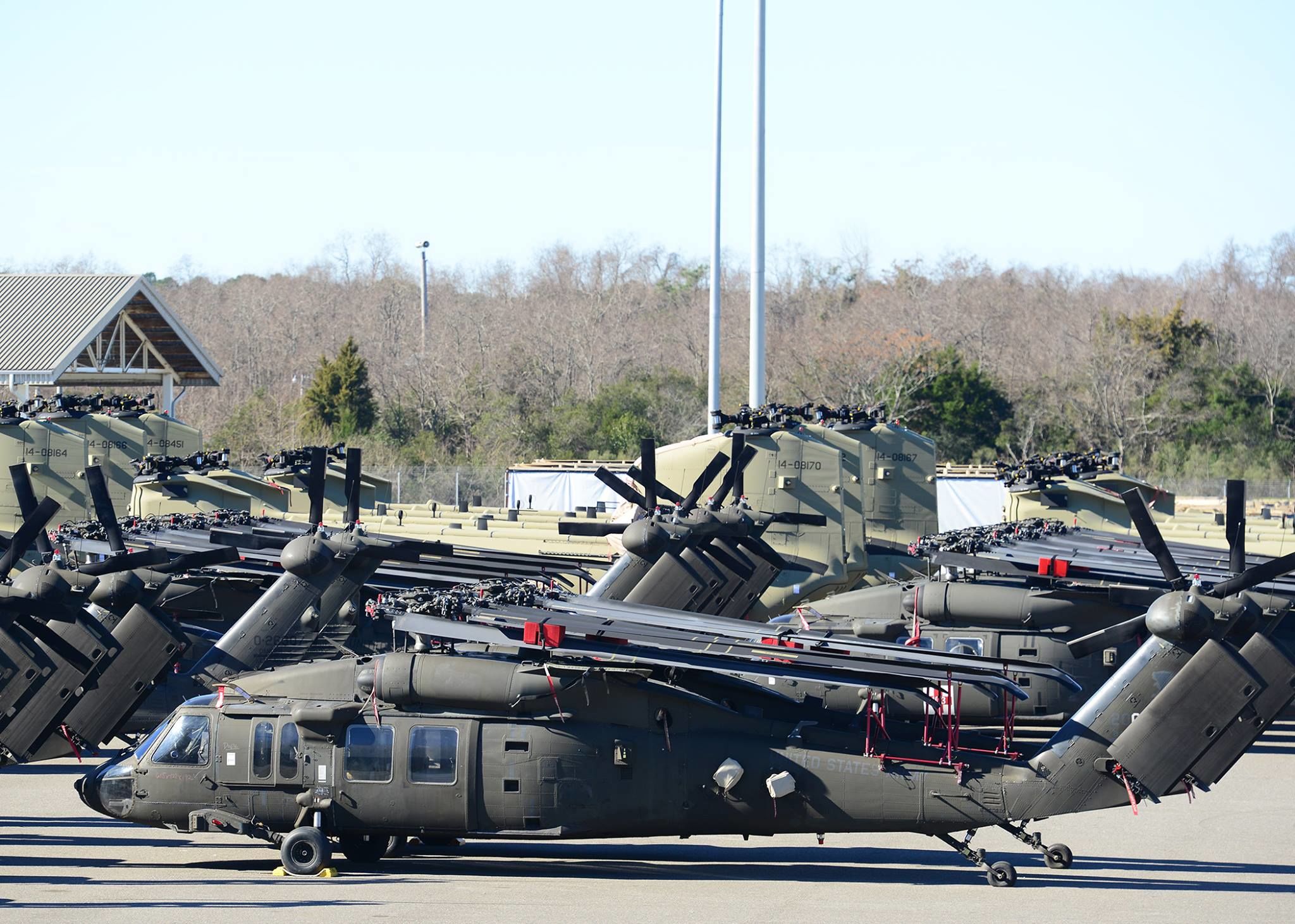With North Korea testing more missiles than ever before, Army leaders say the U.S. must be prepared to deter the rogue nation and ready to launch a counterattack should events escalate.
“If you look at the Korean Peninsula, we see a rapidly developing capability being pursued by Kim Jong-un as the current leader of North Korea,” said Gen. Vincent Brooks, who leads all U.S. forces in South Korea.
Since late 2011 when Kim took over North Korea after the death of his father, Kim Jong-il, the country has conducted two nuclear tests. It has also launched more than 120 missiles. That’s twice as many missiles as his father and grandfather, Kim Il-sung, fired altogether in 40 years, according to Brooks.
“It’s very clear in what direction Kim Jong-un is heading and that is to have a full arsenal of capability that can hold the United States at risk for deterrence purposes, but also for coercive diplomacy,” he said Tuesday via video teleconference, as part of an air and missile defense forum hosted by the Association of the U.S. Army.
In response, the Army plans to deploy a Terminal High-Altitude Area Defense, or THAAD, battery to protect South Korea. In July 2016, the U.S. stationed one of the high-end missile defense systems in Guam. The THAAD battery is designed to shoot down a missile as it descends to its target.
The 94th Army Air and Missile Defense Command is also operating a second powerful AN/TPY-2 radar in Japan to bolster ballistic missile defense in the region, said Lt. Gen. Jim Dickinson, who last month took charge of the Army Space and Missile Defense Command/Army Forces Strategic Command.
The Army is also considering plans to increase the number of ground-based interceptors based in Alaska and California from 30 to 44 by the end of 2017, Dickinson said of the missiles that can hit intercontinental ballistic missiles at higher altitudes.
“We have made significant improvements in the operations and the mission readiness of the entire ground-based midcourse defense mission,” he said at the discussion.
Although a timeframe on the THAAD battery deployment to South Korea was not discussed, Dickinson said the Army is well into its planning, despite concerns from China that the system’s radar could be used against its military.
In January, Kim may have added a sense of urgency to that planning with his claim that North Korea was nearing testing of ICBMs, which can be placed on mobile launchers and are capable of hitting American soil.
“North Korea continues to improve their mobile ICBMs,” Dickinson said, “[and] has likely tested ICBM capabilities in recent space launches.”
While visiting South Korea last week, Defense Secretary Jim Mattis said that the THAAD system would be used only to defend that country and the 28,500 U.S. troops stationed there.
“And were it not for the provocative behavior of North Korea, we would have no need for THAAD out here,” he said. “There’s no other nation that needs to be concerned about THAAD other than North Korea.”
He also warned that, should Kim ever attack the U.S. or its allies, the U.S. would answer with an overwhelming and effective response.
“North Korea continues to launch missiles, develop a nuclear weapons program and engage in threatening rhetoric and behavior,” Mattis said. “America’s commitments to defending our allies and to upholding our extended deterrence guarantees remain iron-clad.”
Brooks also said he would like to see offensive capabilities that could strike North Korea from his area of operations.
“Defense is not enough. If we’re not also able to kill the archers, then we’ll never be able to catch enough arrows,” he said, referring to North Korea’s missile arsenal.
Due to the dense population of South Korea, any missile that passes through the current defensive measures would have a devastating impact, he noted.
“So we have to have an offensive capability also integrated into our air and missile defense system,” he said.
Kim’s willingness to pursue costly missile tests, even if they fail for all the world to see, shows a strong commitment to achieving an effective nuclear capability, according to the general.
“There’s a desire to mate a nuclear capability with a missile capability, so the full effect of deterrence and coercive diplomacy can be achieved,” Brooks said. “It’s quite evident that he does this not for the sake of … [coming] to the negotiation table.”
For this reason, the Army continues to strengthen its collaboration and trust between the U.S., South Korea and Japan to create layers of defense against North Korea, he said.
Brooks noted the U.S. has undertaken trilateral exercises with all three nations. In November, South Korea and Japan signed the General Security of Military Information Agreement to increase the sharing of information and cooperation between the allies.
“Without a foundation of trust, we can’t expect to see the kind of integration that’s necessary against the emerging threats,” he said.











